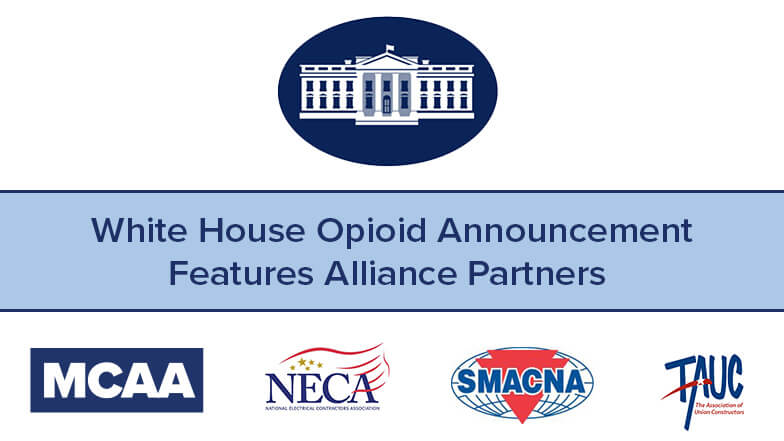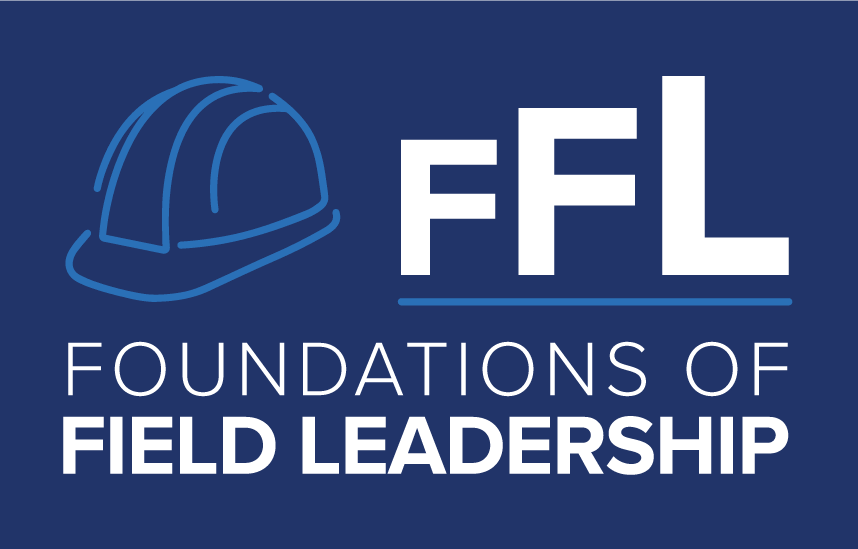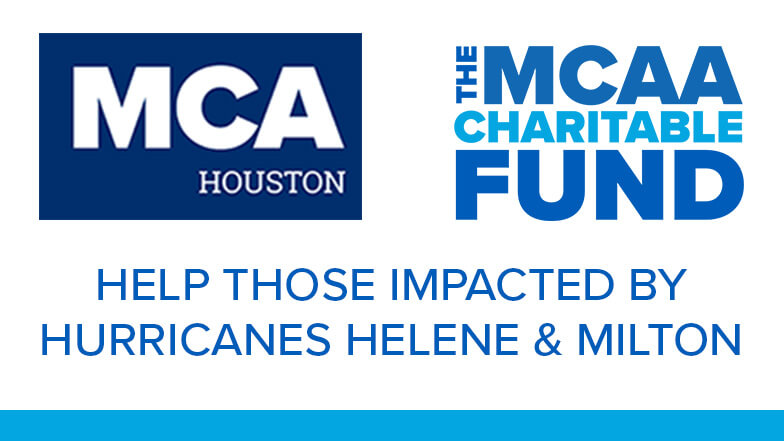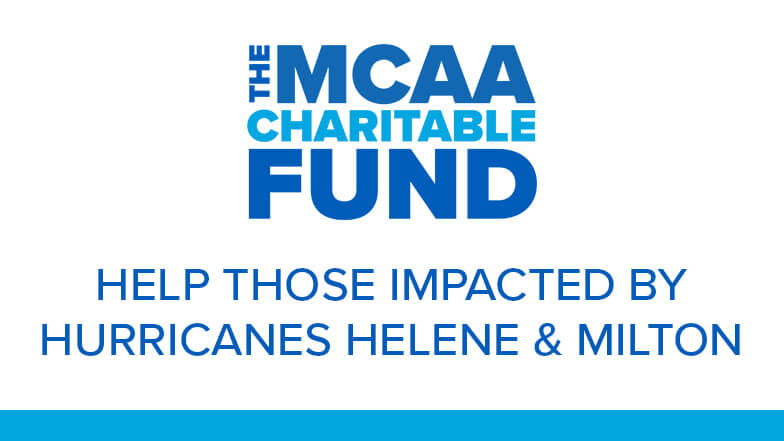
Today the White House announced a historic program targeting opioid overdoses. The White House Challenge to Save Lives from Overdose calls attention to construction industry efforts, including those of MCAA and our safety alliance partners at the National Electrical Contractors Association (NECA), Sheet Metal and Air Conditioning Contractors’ National Association (SMACNA), and The Association of Union Constructors (TAUC).
The announcement comes on the heels of the State of the Union address, which highlighted the efforts of overdose advocate Justin Phillips, who lost her son, Aaron, to an overdose. In 2015, Phillips worked with the Indiana legislature to pass a law giving laypersons, including family and friends of someone with a substance use disorder, access to naloxone without a prescription.
In today’s announcement, the White House notes:
“Mechanical Contractors Association of America (MCAA), National Electrical Contractors Association (NECA), Sheet Metal and Air Conditioning Contractors’ National Association (SMACNA), and The Association of Union Constructors (TAUC) represent over 10,000 union contractors, providing employment for hundreds of thousands of skilled trade workers in the United States. These organizations, in collaboration with union partners, trained thousands of workers on substance use disorder and overdose prevention and distributed a limited quantity of naloxone. MCAA, NECA, SMACNA, and TAUC endorse having naloxone at all construction sites and urge employers to make the lifesaving medication available to their workforce.”
MCAA and our safety alliance partners have been working together to tackle our industry’s opioid overdose epidemic in coordination with White House staff. Meetings with White House staff have focused on coordinating industry access to naloxone.
“MCAA is honored to be a part of this historic initiative,” said Raffi F. Elchemmas, MCAA’s Executive Director of Safety, Health and Risk Management. He added, “Together with our safety alliance partners, MCAA strongly endorses the continuation of creating awareness of and engagement in solutions to the opioid epidemic such as having naloxone on construction sites and making the lifesaving medication available to the workforce.”




